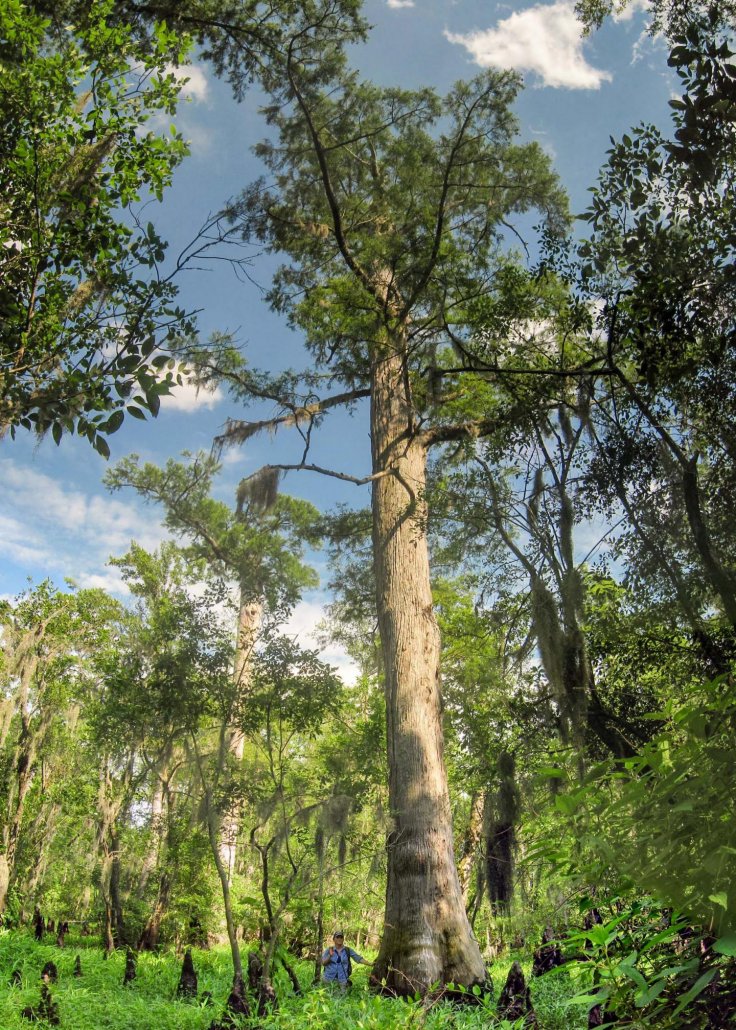
A study conducted by a team of researchers led by David Stahle from the University of Arkansas has discovered a group of bald cypress trees which are over 2,000-years-old in the forested wetlands of North Carolina's Black River. Interestingly, one among these trees is 2624 years old and it indicates that this tree was born two centuries before the birth of Jesus Christ.
The study report published in the journal Environmental Research Communications revealed that this bald cypress is the oldest-known tree in the eastern portion of North America. It should be notedthat this tree is now the longest-living known wetland tree species on earth.
These trees were discovered in 2017 and after doing radiocarbon dating on 110 samples, scientists have now uncovered their exact age. Previous research conducted by David Stahle had discovered bald cypress trees which were 1700 years old and this new discovery hints that these trees used to live much longer than current estimation.
Stahle also added that there could be more older trees still living in deep regions of forests. The researcher also added this new discovery will boost the conservation efforts in the area, as these cypress trees are one of the oldest known continuously living trees on the planet.
"The area of old growth bald cypress was 10 times larger than I realized. We think there are older trees out there still. It is exceedingly unusual to see an old-growth stand of trees along the whole length of a river like this. Bald cypress are valuable for timber and they have been heavily logged. Way less than 1 percent of the original virgin bald cypress forests have survived," said Stahle.
Apart from the bald cypress, some other trees which have been demonstrated to live longer are Sierra juniper (2,675 years old), giant sequoia (3,266 years old), alerce (3,622 years old) and Great Basin bristlecone pine (5,066 years old).









